Sissel Tolaas, between science and art
Sissel Tolaas’s world is made up of molecules. She creates smells that inform
instead of perfume, and encapsulates reality in olfactory formulas.
bulthaup: So what’s so fascinating about our noses?
Sissel Tolaas: Everything. The nose already knows vast quantities of information before
our other sensory organs even realize something‘s going on. Most people are unfortunately
“blind to smell“, because we live in a world in which vision is king. The nose barely
plays any role any more in our society. We simply don‘t know anything about what this
olfactory organ can do. Scents are only communicated through perfume advertising. Too
much attention is given nowadays to whitewashing, deodorizing and keeping the world
clean. We really need to re-learn what smells are and what they mean.
Have you re-learned how to smell?
I’ve done a lot of research into noses and smells, and I’m constantly asking myself: How
can I make my nose tolerant to all smells – how can I become neutral? It is possible to break
down prejudices to smells. With the aid of the perfume industry, I’m able to reproduce real
smells without limit – and therefore train my awareness and that of others of smells.
Is it a difficult process?
The older you are, the harder it is to “reprogram“ yourself. The preconceptions of our
olfactory senses are fundamental, and are anchored deep in our subconscious. That‘s
because the first moment in which we perceive a smell is the crucial one. Whether this moment
is associated with a positive or a negative emotion determines our relationship with this smell
for the rest of our lives. We should therefore start encouraging our noses early.
You offer smell training for kindergarten and elementary school children. What do you teach
them about smells?
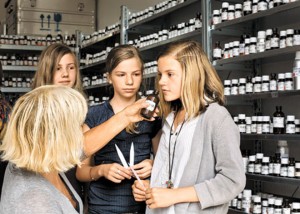
When children smell a molecule for the first time in their lives, they associate it with a
meaning and store this in their subconscious. I let them play with abstract smell molecules as
though they were numbers or letters. They sniff them and try to describe them – using labels
other than ‚good‘ or ‚bad‘. Then they start to combine these with other molecules. This way,
they experience what lies behind the abstract molecules. I tell stories using smells and I try,
using other methods, to generally make people aware of smells. I make every effort to give
them access to other tools of perception. In a way, I‘m increasing their awareness.
You have created an impressive smell archive in your Berlin apartment. When did your passion
for collecting begin?
From around 1990 to 1997, I collected smells and archived them in a basic manner, without
having any knowledge or expertise from the industry. Between 1997 and 2004, I was involved
in a lot of smell projects, working in and with various laboratories – often commissioned
and supported by companies. Since 2004, I have been working with IFF INC., one of the
largest scent and flavor manufacturers, which creates perfumes for Prada and Calvin Klein, for
example. They have provided me with a fullyequipped smell laboratory in my Berlin studio.
How do you capture a scent?
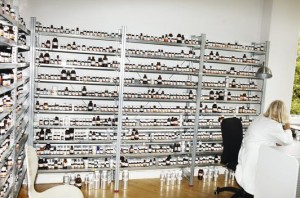
I use something called headspace technology, which allows scents to be aspirated using a
vacuum method. This scent is then broken down into its tiniest components, molecules,
and analyzed. As soon as I know the formula, I can recreate it chemically.
One of your current projects is called “Nasalo”. Is this project about “hidden stories” too?
Nasalo is a lexicon of smell. It‘s about trying to express scents in words. As part of the “City
Smell Research Projects“, I work in cities such as Mexico City, Paris, Liverpool, Detroit or Cape
Town, collecting smells – of food, babies, human sweat and anything through to the smells
of rooms or suburbs – and reproduce them. I then bring the smells back to their corresponding
reality and ask analytical questions: How can these be described in words? What does
a smell tell us about companies, bodies, cities, materials, products? These statements are analyzed
in collaboration with anthropologists and linguist and reformulated into specific terms.
They are used in communication systems such as city guides, educational programs and in the
PR and advertising industry, for example.
How do you perceive the smell of food?
Flavor and smell are extremely important. The experience of eating is partly determined by my
nose. Sometimes, I eat pure rice and then smell only the main dish. It‘s interesting to know that
the gourmet pleasure can actually be intensified with this method. The more complex the
smell of a dish, the more exciting it becomes to eat it.
Sissel Tolaas, the Norwegian smell researcher analyzes everything
that passes her nose in order to reproduce it later. Tolaas calls herself a “professional
in-betweener”, between science and art. The native Norwegian is in fact many
things: Artist, linguist, mathematician and a doctor of chemistry. In her Smell
Re_searchLab in Berlin, supported by IFF INC. (International Flavors & Fragrances),
she researches and develops interdisciplinary projects on the subject of smell. She
works with a network of globally active companies, renowned institutes and the
best universities, including Harvard, Stanford and Oxford.

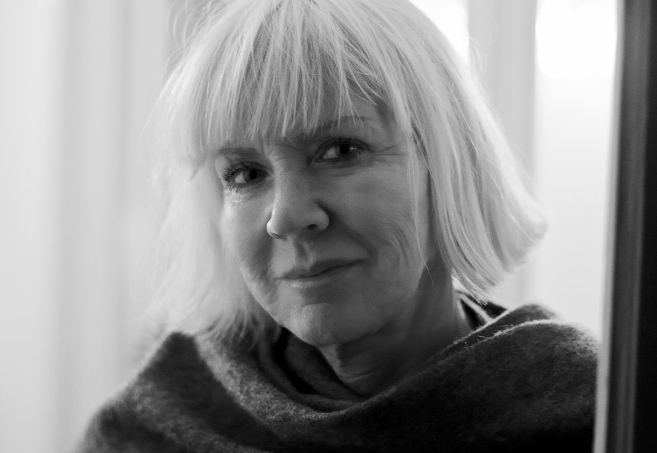
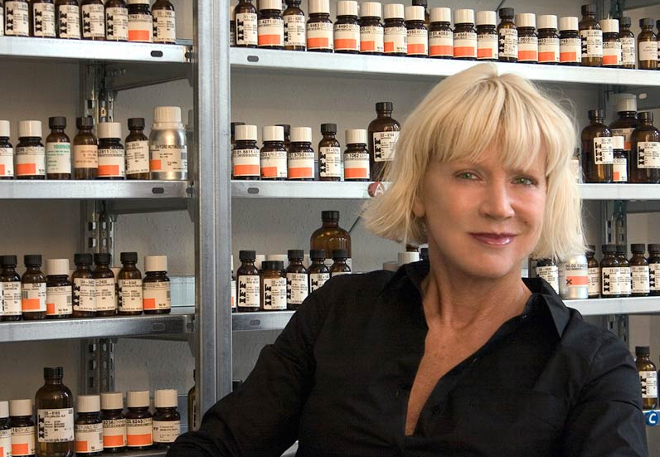
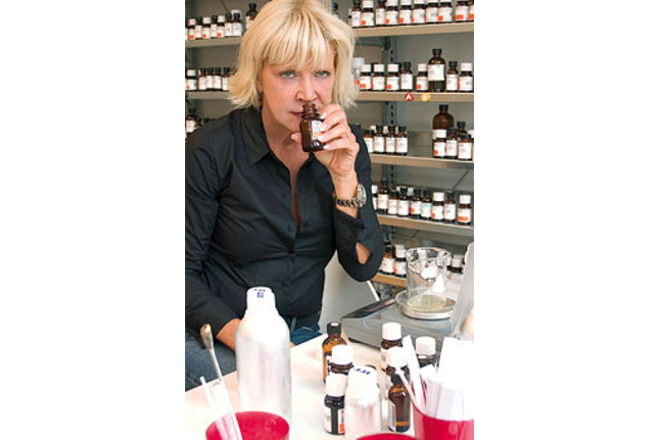
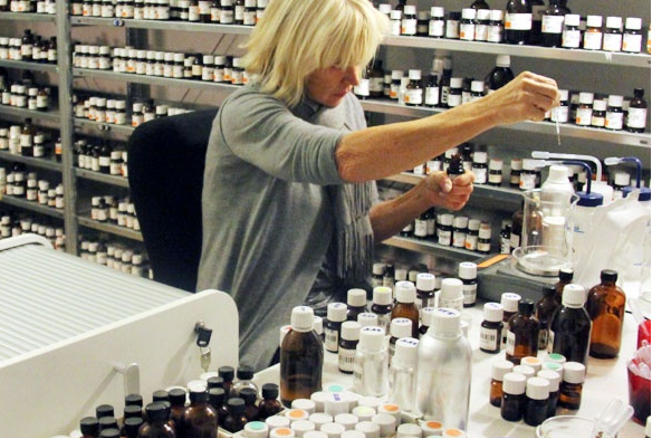
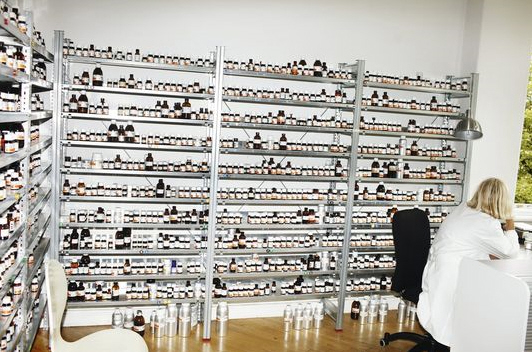
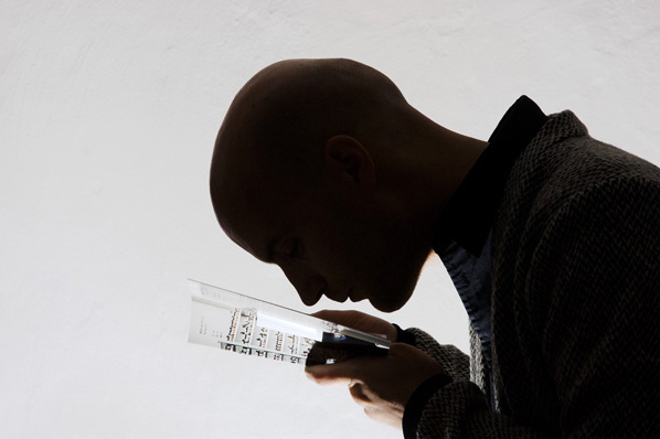
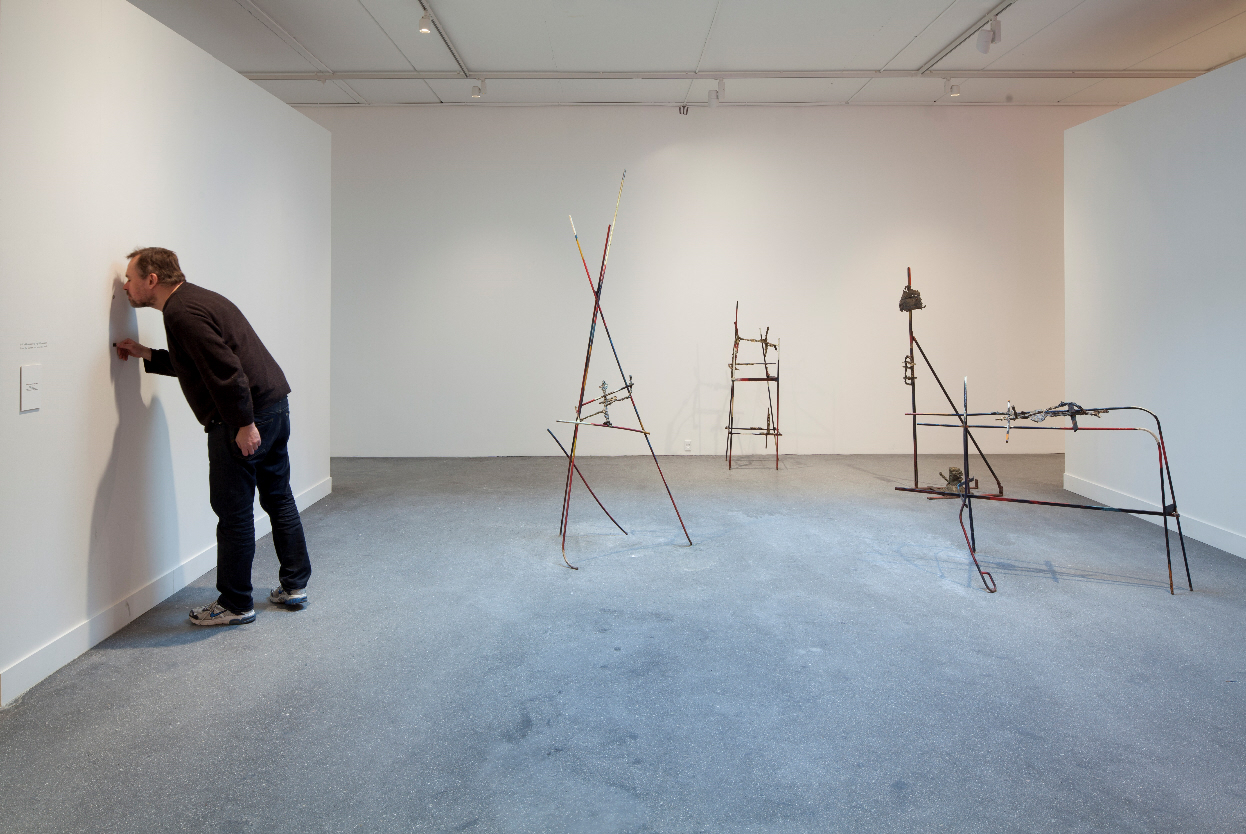
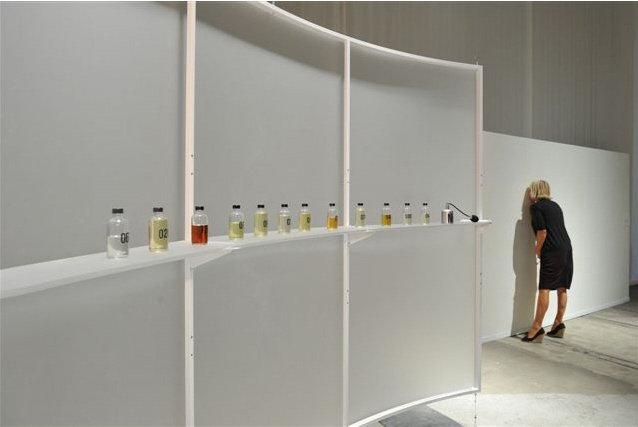
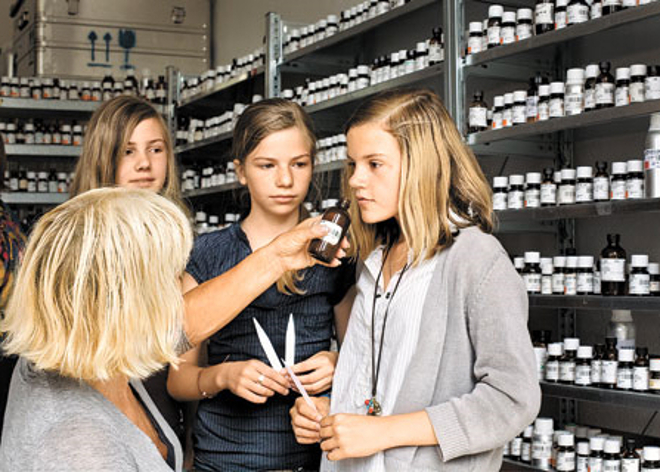
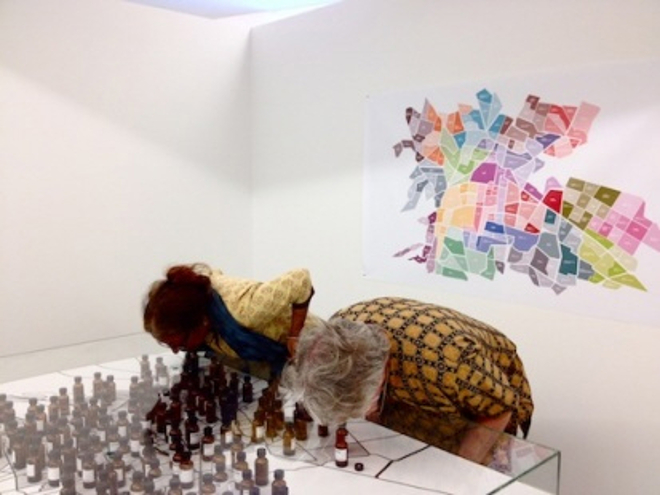
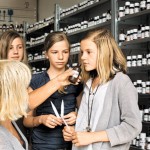
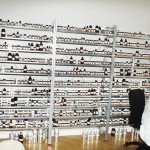

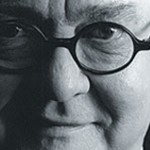
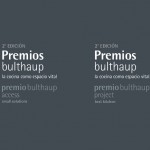
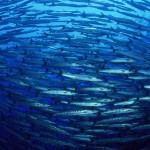
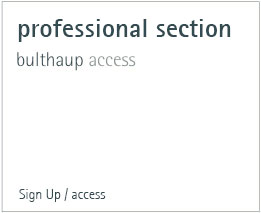
This entry has 0 Comments